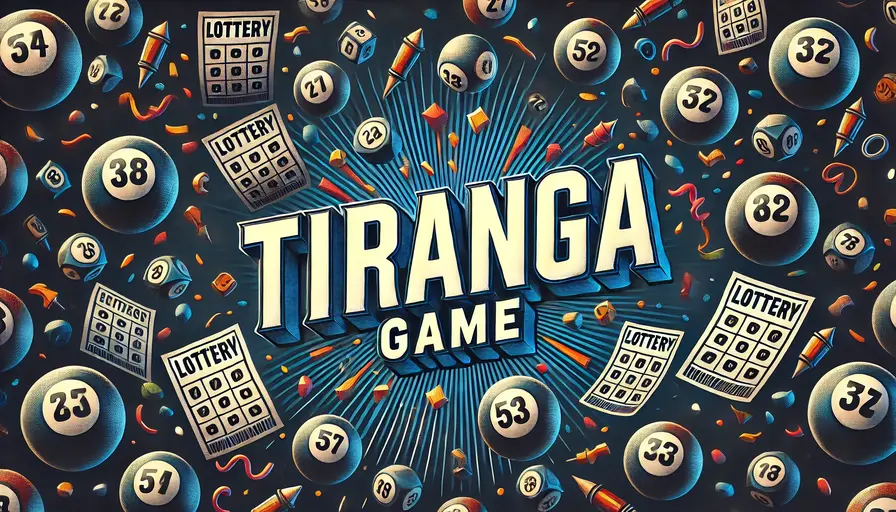The "Tiranga Game" is an interactive and engaging activity designed to celebrate India's national flag, known as the Tiranga. The game offers a fun and educational experience that emphasizes unity, patriotism, and national pride, while allowing participants to explore the significance of the Indian flag and its values. This game is widely played in schools, communities, and cultural events, especially during national holidays such as Republic Day and Independence Day. It is a wonderful way to teach the younger generation about the symbolism behind the Indian flag in an enjoyable and engaging manner.

Concept of the Tiranga Game
The term "Tiranga" refers to the Indian national flag, which is made up of three colors: saffron, white, and green, along with the Ashoka Chakra, a 24-spoked wheel at its center. Each color and symbol on the flag carries profound meaning. Saffron represents courage and sacrifice, white signifies peace and truth, green symbolizes faith and fertility, and the Ashoka Chakra represents progress and the eternal wheel of law. The Tiranga Game brings these meanings to life by using fun challenges and activities that reflect the spirit of the flag's colors.
How the Tiranga Game is Played
The Tiranga Game is typically played in teams, with each team representing one of the three colors of the flag: saffron, white, and green. The aim is to complete a series of challenges and activities that reflect the values of the flag. Here’s a breakdown of how the game might be structured:
Team Formation: Participants are divided into three teams, each representing a color from the national flag: saffron, white, or green. Each team is encouraged to embrace the values associated with their respective color.
Objective: The primary goal of the game is to complete different challenges or tasks that align with the values of the Indian flag. These tasks may involve physical activities, teamwork exercises, or intellectual challenges, with each team working to demonstrate courage, peace, faith, and cooperation.
Types of Challenges:
- Saffron Team: The saffron team focuses on courage and sacrifice. They may face physically demanding tasks such as obstacle courses or relay races that test their endurance and determination.
- White Team: The white team represents peace and truth. Their tasks might involve problem-solving activities or puzzles that require teamwork and clear communication, symbolizing the importance of truth and harmony.
- Green Team: The green team represents faith and fertility, and they could take part in activities such as environmental awareness tasks or creative art challenges, reflecting the values of sustainability and growth.
Points and Scoring: As each team completes their challenges, they are awarded points based on their performance, creativity, and teamwork. However, the focus of the game is not just on winning but on collaboration and understanding the importance of the flag’s symbolism.
Final Celebration: The game concludes with a collective activity where all participants come together, representing unity, and the teams may combine their efforts to create a large-scale art project, such as forming the shape of the Indian flag using colored papers or cloth. This symbolizes how different parts of the nation come together to form one strong and united India.
Benefits of the Tiranga Game
The Tiranga Game offers a number of benefits for participants, especially for young children and students:
Educational Value: It helps children and participants understand the history, symbolism, and meaning of the Indian flag in an engaging and interactive way. They learn about the importance of the colors and symbols that represent India’s rich cultural heritage.
Promotes Teamwork and Unity: The game is built around the concept of teamwork and cooperation, encouraging participants to work together toward a common goal, just as different sections of society come together to form a united nation.
Boosts Patriotism: By engaging in the Tiranga Game, players develop a deeper sense of patriotism and love for their country. The game fosters respect for the national flag and the values it represents, creating an emotional connection to the nation.
Fosters Physical and Mental Skills: Through a variety of tasks, the game promotes both physical activity and mental engagement, helping to develop problem-solving skills, critical thinking, and physical fitness.
Conclusion
The Tiranga Game is a unique and powerful way to celebrate India’s national pride and the values represented by its flag. Whether played during a school event or as part of a national celebration, it brings people together to reflect on the importance of unity, courage, peace, and progress. By embracing the principles behind the Tiranga, participants not only enjoy a fun-filled experience but also gain a deeper understanding of the spirit of India’s independence and unity. Through this game, people of all ages can connect with the true essence of the Indian flag, making it a meaningful and memorable activity.